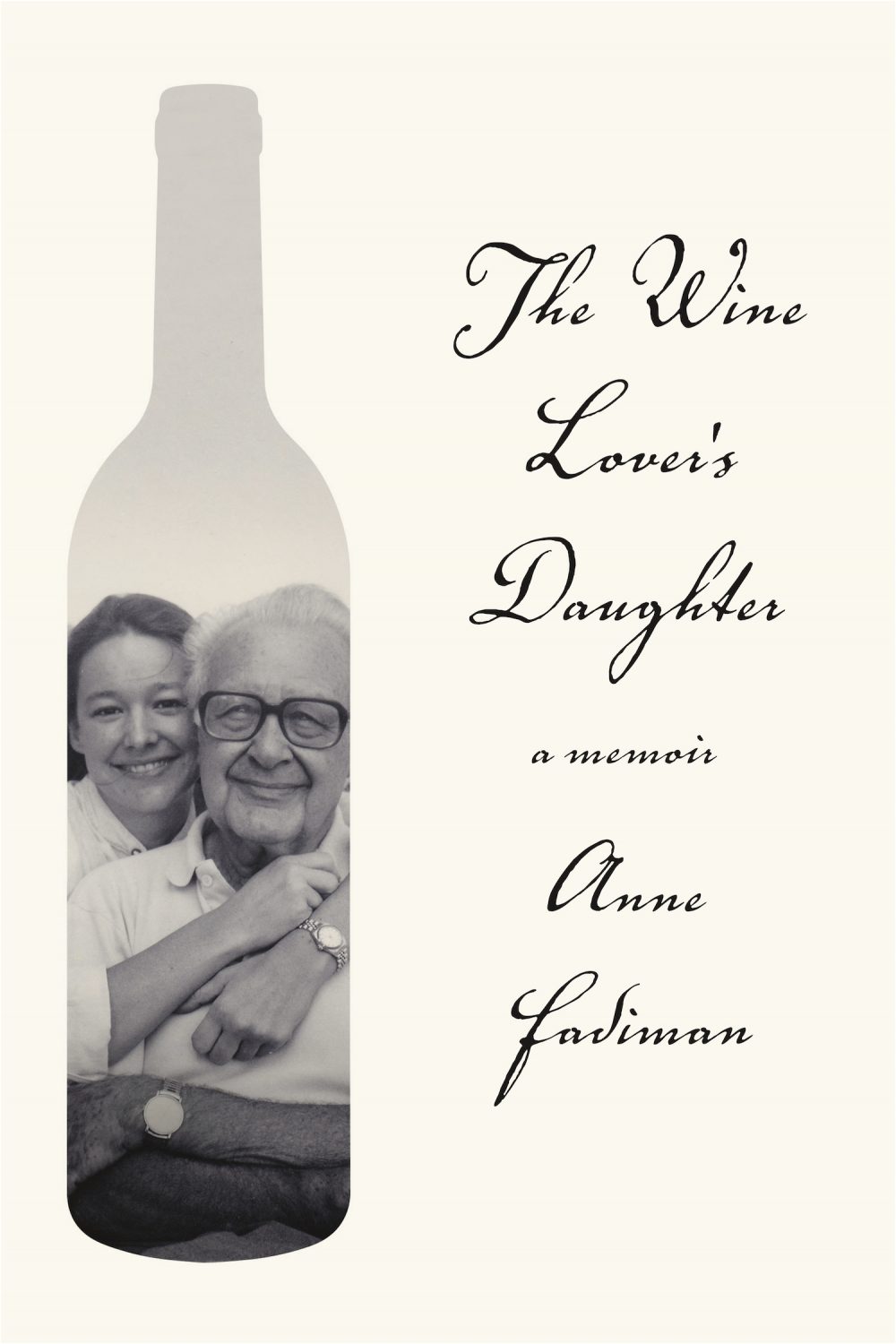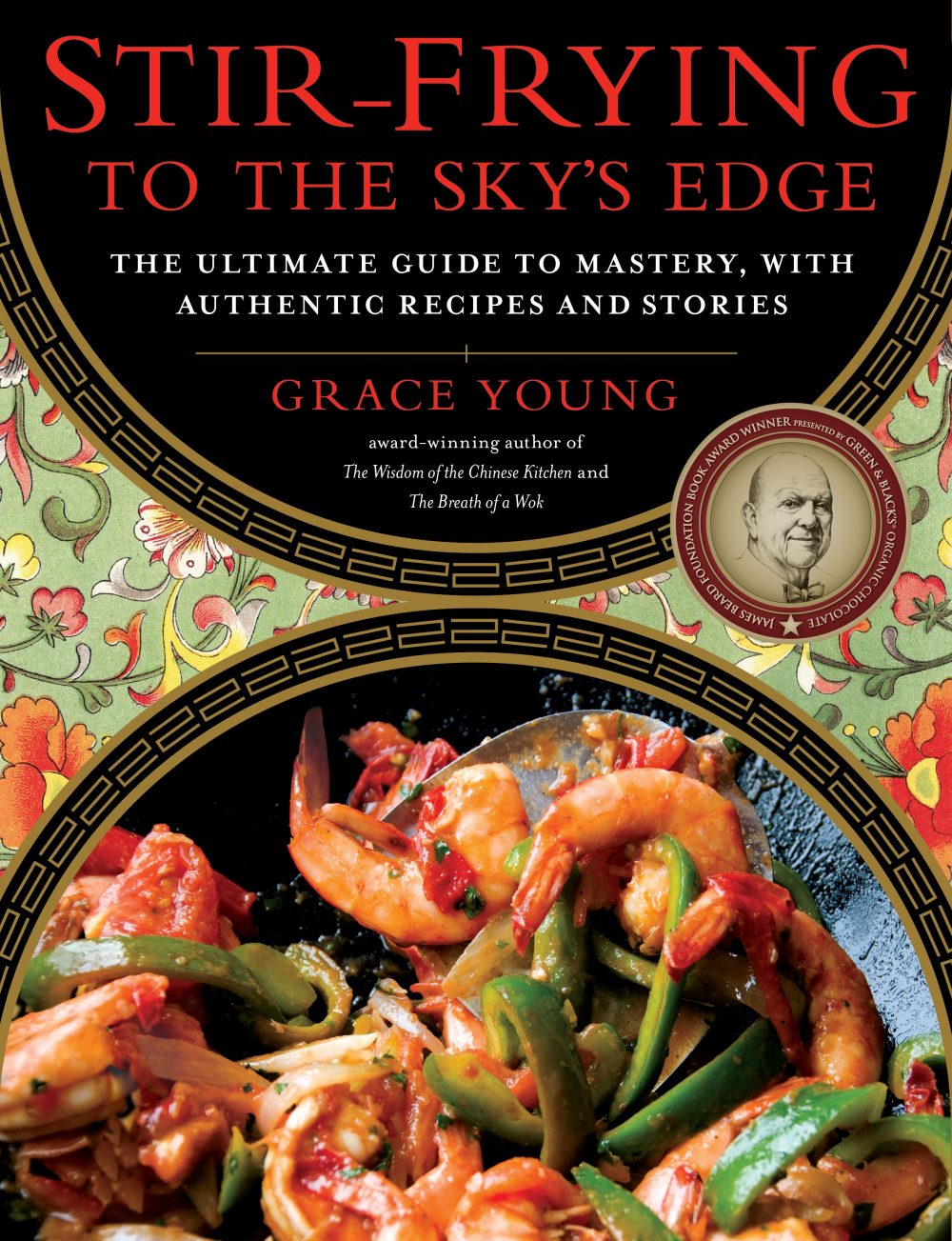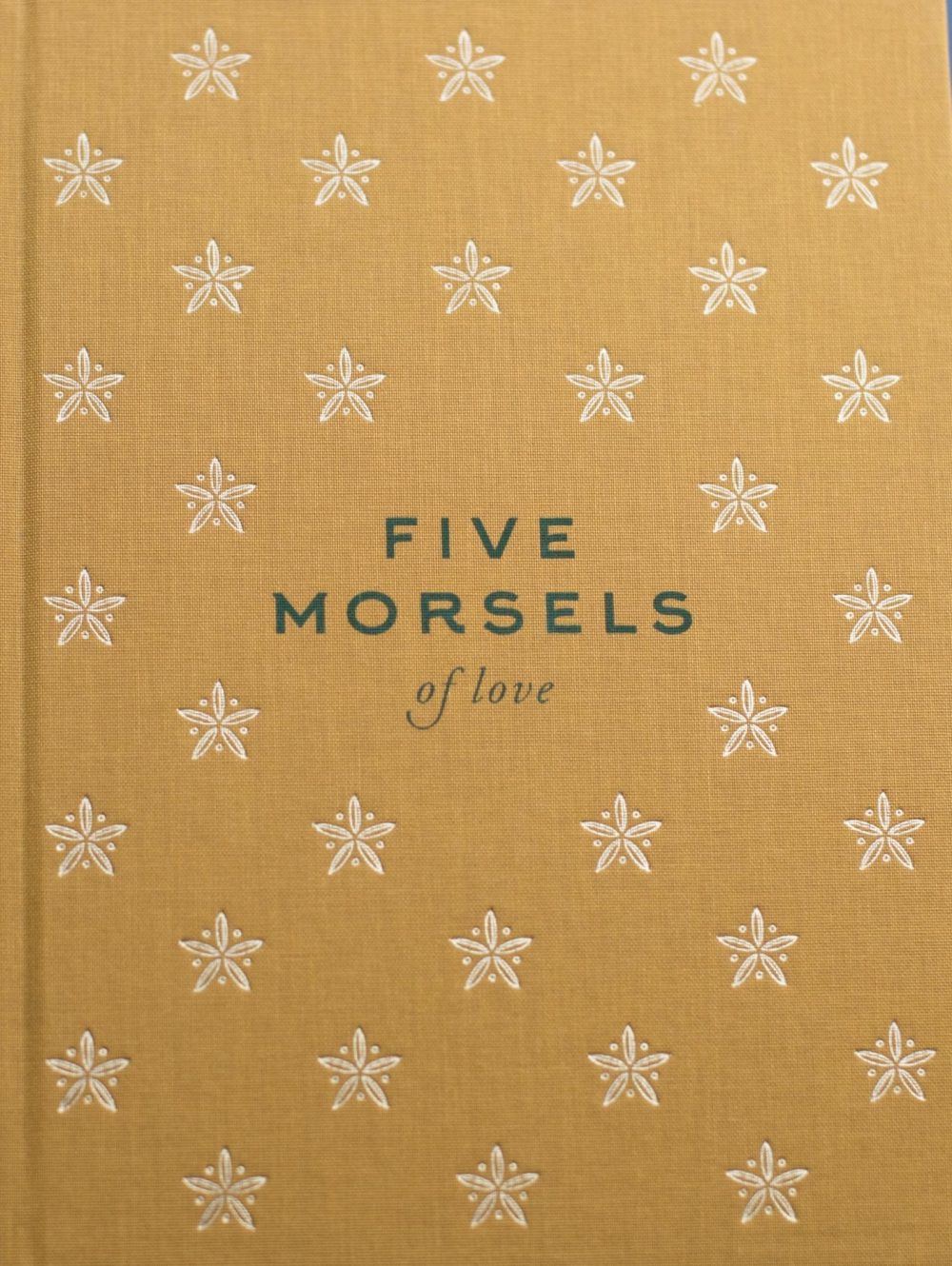
The Wine Lover’s Daughter: A Memoir
by Anne Fadiman
Clifton Fadiman grew up in Brooklyn, was passed over for a faculty position at Columbia University because he was Jewish, ended up as the book critic at The New Yorker at age 29, and later hosted the widely popular radio game show, “Information Please.”
He also was a man of memorable one-liners. He loved wine but hated other liquids: “Water and milk may be excellent drinks, but their charms are repetitive. God granted them swallowability, and then rested.” In the same vein, he felt that the wine cork, along with the wheel and Kleenex were the three greatest human inventions.
He was also easily annoyed. His list of hated words and expressions included timeframe, feedback, cutting-edge, crispy, crunchy, zesty, have a good one, there you go, and you better believe it. He found many physical objects to be beyond his ken. After trying to wrestle a raincoat from the closet he boomed, “I hate your guts coat hanger and wish that you were dead.”
The essence of this memoir, however, is not just Mr. Fadiman's eccentricities. It’s his daughter’s love of the man, which was frustrated by her inability to appreciate what her father loved most—wine. After countless wine tastings she noted sadly, “As other women fake orgasms, I have faked hundreds of satisfied responses to hundreds of glasses of wine.”
When writing about wine, he was less Dorothy Parker and more poetic: “Generally speaking, we demand something from hard liquor: a punctual reaction. But we expect a wine of quality to demand something from us.”
This slim volume is a memoir not just to Clifton Fadiman, it is an ode to an uncompromising life well lived, to an age when sharp opinion was a sign of education not boorishness, and to the pure love and enjoyment of wine.
Buy on Amazon
This book was published in 2010, but I became a convert after a recent radio interview with the author, Grace Young. For years, I have eschewed the wok for a large skillet. After all, the American stovetop is flat and not designed for a conical pan. But Young carried the day through her devotion to the “mysterious wok fragrance and aroma.” Taking this to an extreme, her father always requested the table closest to the kitchen so the wok aromas would still be wafting upward from the food. A longer trek to a more distant table would, one assume, diminish the experience.
The essence of the wok is practicality. Young notes, “Chinese cooking is a cooking of scarcity. Whatever the emperors and warlords may have had, the vast majority of Chinese spent their lives short of fuel, cooking oil, utensils and even water.” The wok sat on a clay brazier, where fuel—wood, briquettes, even dry grass—would be inserted from the side creating a hot, economical fire. The wok has to be carbon steel, not non-stick. “A nonstick wok doesn’t sear the food; it turns it into a mushy, soggy braise.” And, Young notes, the best way to season a wok is to stir-fry scallions and ginger in it for 15 minutes.
The philosophy of wok cookery is about the marriage of ingredients. The famous writer Lin Yutang wrote, “Instead of meeting each other for the first time when served on the table in their respective confirmed bachelorhood and unspoiled virginity, you will find each has a fuller personality than you ever dreamed of.”
The recipes are appealing and broader that the usual suspects, including a Chinese-Jamaican jerked chicken fried rice and a Chinese-Indian chicken Manchurian. The wok also is ideal, according to Young, for making popcorn. And, of course, there are some of my favorites, including dry-fried salt and pepper shrimp, stir-fried chili cilantro noodles with egg, and vinegar glazed chicken.
If you have a wok and don’t use it, buy this book. If you don’t have a wok, buy one and then buy this book.
Buy on Amazon

Stir-Frying to the Sky's Edge
by Grace Young

Five Morsels of Love
by Archana Pidathala
This book is a paen to Archana Pidathala's grandmother, Nirmala Reddy, who died in 2007 with an unfinished cookbook on hand, a project this author undertook though she had limited culinary experience. The result is “Five Morsels of Love,” a book with just the right mix of the comfortable (simple carrot stir-fry, chicken curry and coconut rice) and the inspiring (whole tomatoes in a spicy coconut coriander curry and a tangy peanut stew), along with a few recipes that I will never make, including stir-fried mutton liver.
What is most intriguing about this book, however, is a fundamental technique which Pidathala refers to as “tempering.” Oil or ghee is heated with spices—such as mustard seeds, cardamom, cinnamon, chilies and/or garlic—then added to or drizzled over the finished dish.
This notion of starting with something bland—yellow lentils or rice for example—and using a spice-infused oil to jack up flavors is nothing new to most of the world, but it’s not part of the classic American repertoire. Lesson learned.
Plus, I earmarked a bunch of recipes that would be right at home in my kitchen, including lentil vegetable rice, coffee custard pudding, spiced cashew nuts, butter chicken, marinated potatoes in an onion-tomato gravy, and yellow lentils cooked with greens.
Simply put, these are Pidathala’s grandmother’s recipes, not yours. And, speaking only for myself, that’s a good thing. The book is available at fivemorselsoflove.com.



